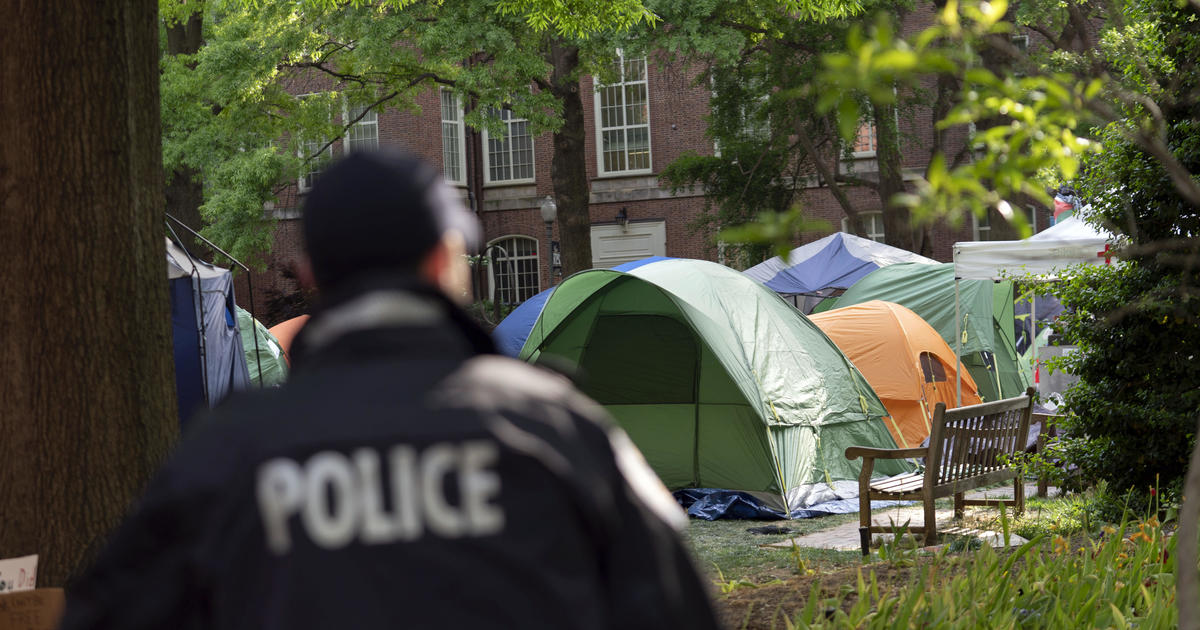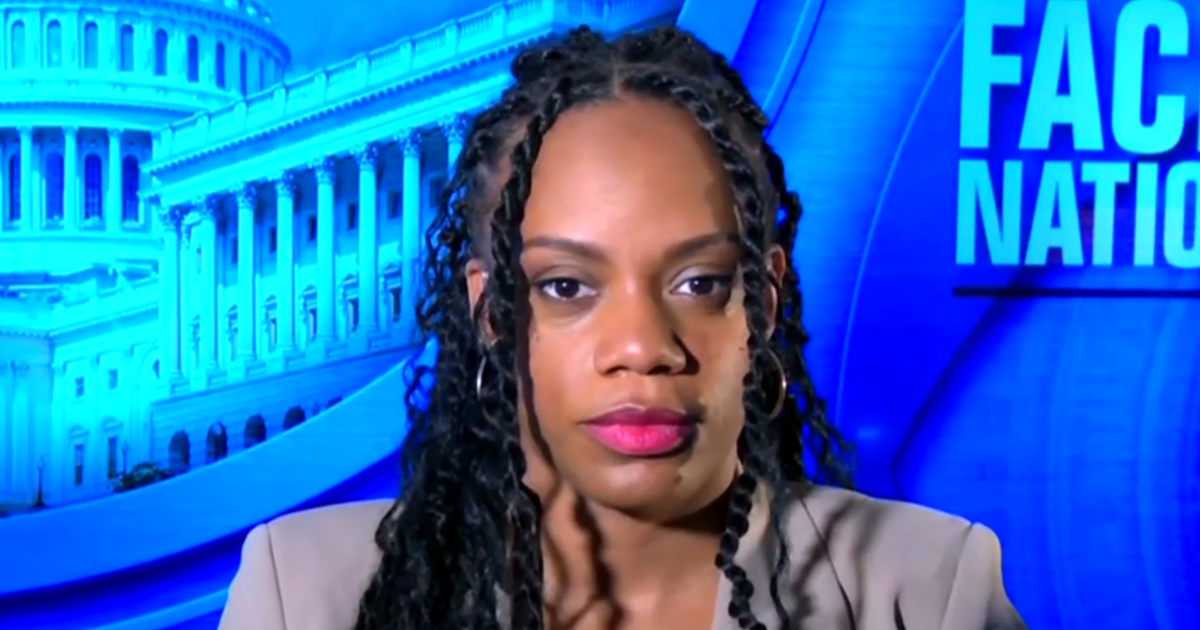Ivy League acceptance rates drop to new low. They're not alone.
The Ivies have always been hard to get into, but the pandemic has made gaining entry into the schools even tougher. With many U.S. colleges opting to make SAT or ACT scores optional over the past two years, the number of applications has jumped, leading to record low acceptance rates.
The eight Ivy League universities —Brown, Columbia, Cornell, Dartmouth, Harvard, Princeton, University of Pennsylvania and Yale — issued their acceptances on Thursday evening, with some reporting the lowest admission rates in their histories.
Harvard's acceptance rate fell to 3.19%, the lowest since it was founded 386 years ago, as a record number of applicants applied for spots in the class of 2026, according to student newspaper The Harvard Crimson. Yale and Brown also reported record low acceptance rates, while Columbia was unchanged from its 3.7% acceptance rate last year, which was a record low at the time. Dartmouth's 6.24% rate edged up from last year.
Three Ivy League schools opted out of sharing their acceptance rates because they want to play down their selectivity, according to the Wall Street Journal. But it's not just these elite colleges that are tougher to get into than ever. Many U.S. universities this year are reporting record low acceptance rates after switching to test-optional policies during the pandemic that opened the door to a larger pool of applicants.
"Students who normally would self-select out of the admissions pool — they would look at the average SAT score and not apply — those kids are applying," Michelle McAnaney, president of college counseling company The College Spy, told CBS MoneyWatch.
She added, "These are straight-A students who are taking hard classes and perform well" but who may not score highly on standardized tests. "They are putting their hat in the ring."
McAnaney said that some independent educational consultants are also seeing a higher share of waitlisted applicants this year, which could indicate that colleges are having a difficult time assessing their "yield," or the percentage of admitted students who will end up accepting a spot in their freshman class.
"For students, it keeps them hanging," she said. "The most selective schools are even more selective than they were."
It's an issue that extends beyond Ivy League schools. Other universities that have reported record-low acceptance rates this year include Rice University (8.56%) and Tufts (9%). Many universities also reported a record number of applications, from the University of Virginia to University of Pittsburgh.
Going back to the SATs
At least one prestigious university is ditching test-optional policies after trying that approach during the pandemic, when it was difficult for many students to schedule SAT or ACT exams amid cancellations and COVID-related disruptions.
MIT on March 28 said it would again require SAT or ACT scores, noting that the tests help the university identify whether applicants are academically prepared.
The tests "also help us identify socioeconomically disadvantaged students who lack access to advanced coursework or other enrichment opportunities that would otherwise demonstrate their readiness for MIT," wrote MIT dean of admissions Stu Schmill in a blog post about the decision. "We believe a requirement is more equitable and transparent than a test-optional policy."
Other universities are extending their test-optional policies, such as Boston University, or are dropping tests altogether from their admissions process. The University of California's 10 schools said last year that they would no longer use SAT and ACT scores in its admissions process. In February, the school said it had a record number of applicants for the 2022-2023 school year, adding that it saw a sharp increase in socioeconomic diversity.
Overall, the admissions process remains fraught for students and their families, but McAnaney noted that most U.S. colleges accept the majority of students who apply.
"The trouble is that people are looking at the rankings — the same top 30 to 50 colleges — and they are thinking about all those colleges," she said. "If you look outside them, there are wonderful hidden gems."



